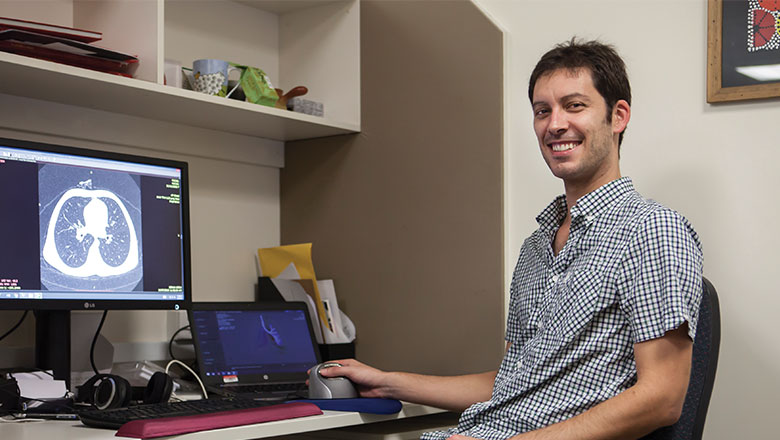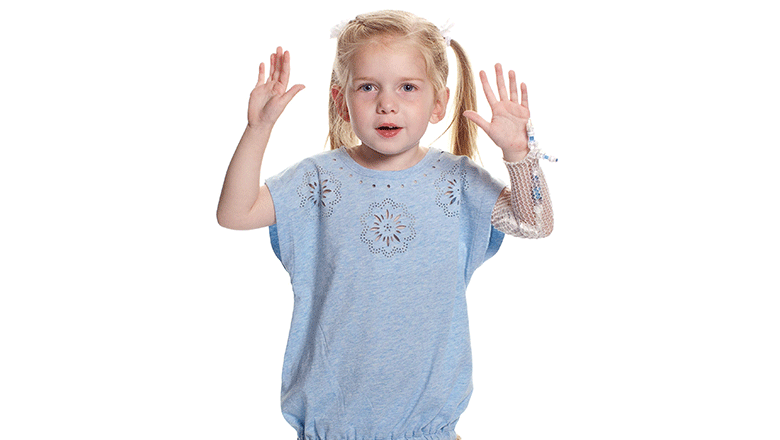Search
Research
Cyanide in bronchoalveolar lavage is not diagnostic for Pseudomonas aeruginosa in children with cystic fibrosisEarly detection of the cyanobacterium Pseudomonas aeruginosa in the lungs of young children with cystic fibrosis (CF) is considered the key to delaying...
Research
Identifying peroxidases and their oxidants in the early pathology of cystic fibrosisWe aimed to determine whether myeloperoxidase (MPO) is the main peroxidase present in the airways of children with cystic fibrosis (CF) and to assess which oxid
Research
Clinical associations and prevalence of Scedosporium spp. in Australian cystic fibrosis patients: identification of novel risk factorsRisk factors for the association of Scedosporium in cases of cystic fibrosis (CF) and its clinical implications are poorly understood
Research
Detection of occult Scedosporium species in respiratory tract specimens in cystic fibrosis (CF) by use of selective mediaRespiratory samples from cystic fibrosis outpatients were cultured on Sabouraud's dextrose agar (SABD) containing antibiotics, Mycosel, and Scedosporium-sel...

The Foundations of Lung Disease Team is focused on improving the diagnosis, treatment, and lifelong care of childhood lung disease.

News & Events
Execution of Licence Agreement with The Kids Research Institute Australia and Erasmus University Medical CentreResonance Health Ltd is pleased to announce that it has entered into a licence agreement with The Kids Research Institute Australia and the Erasmus University Medical Centre.

News & Events
NHMRC funding awarded to support child health researchThe Kids Research Institute Australia researchers have been awarded more than $10 million in research funding from the National Health and Medical Research Council (NHMRC).

News & Events
On a quest for kids with cystic fibrosisPRAGMA-CF, a new way of measuring early lung disease in young kids with cystic fibrosis is changing the way we detect and treat CF.

News & Events
Treat early to protect lungsEarly intervention is being touted as the key to preventing lung damage in children with cystic fibrosis.

News & Events
Are you interested in cystic fibrosis research?We are looking for 6 new members to join our Child and Adolescent Cystic Fibrosis Consumer Reference Group of WA
